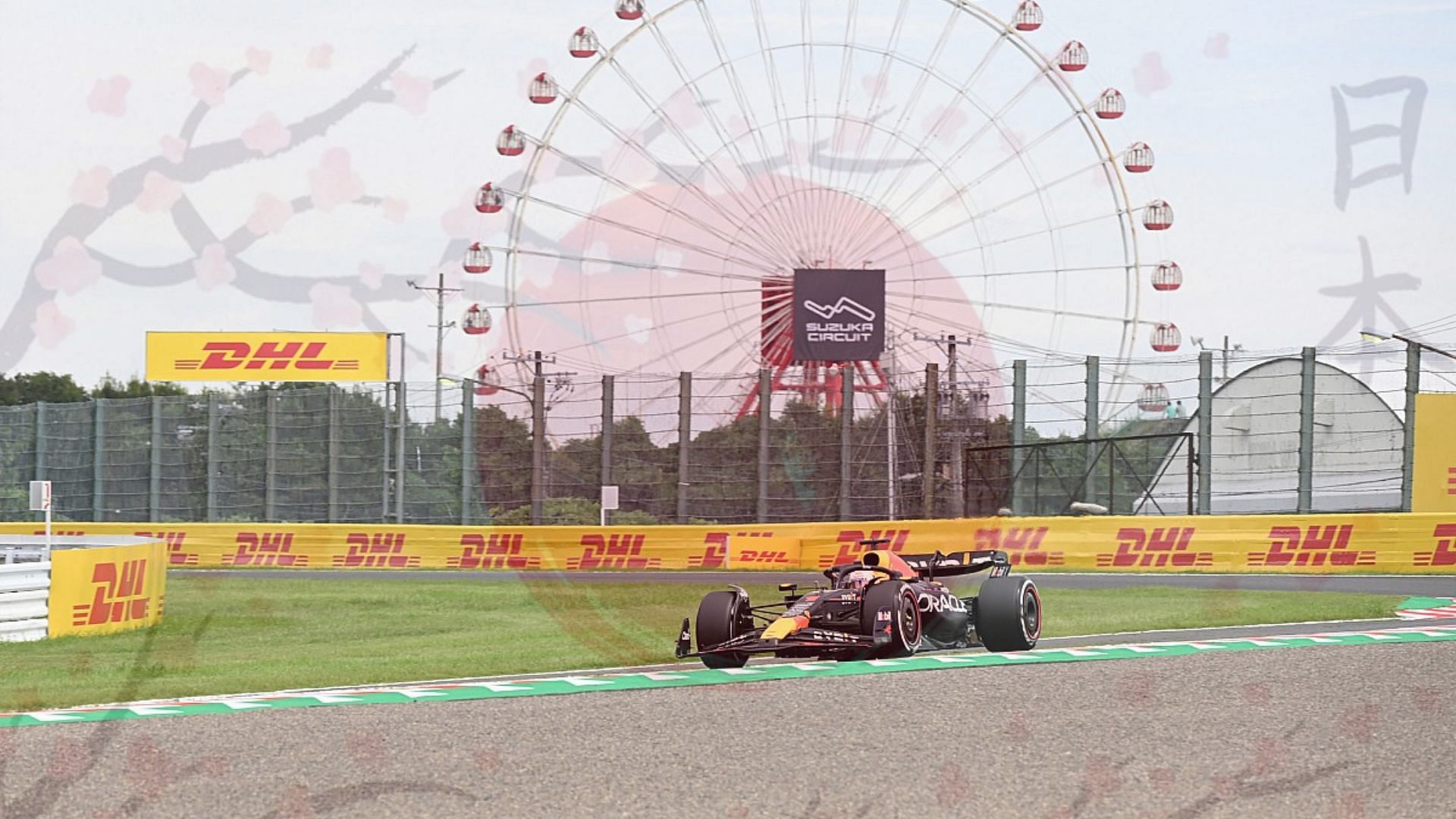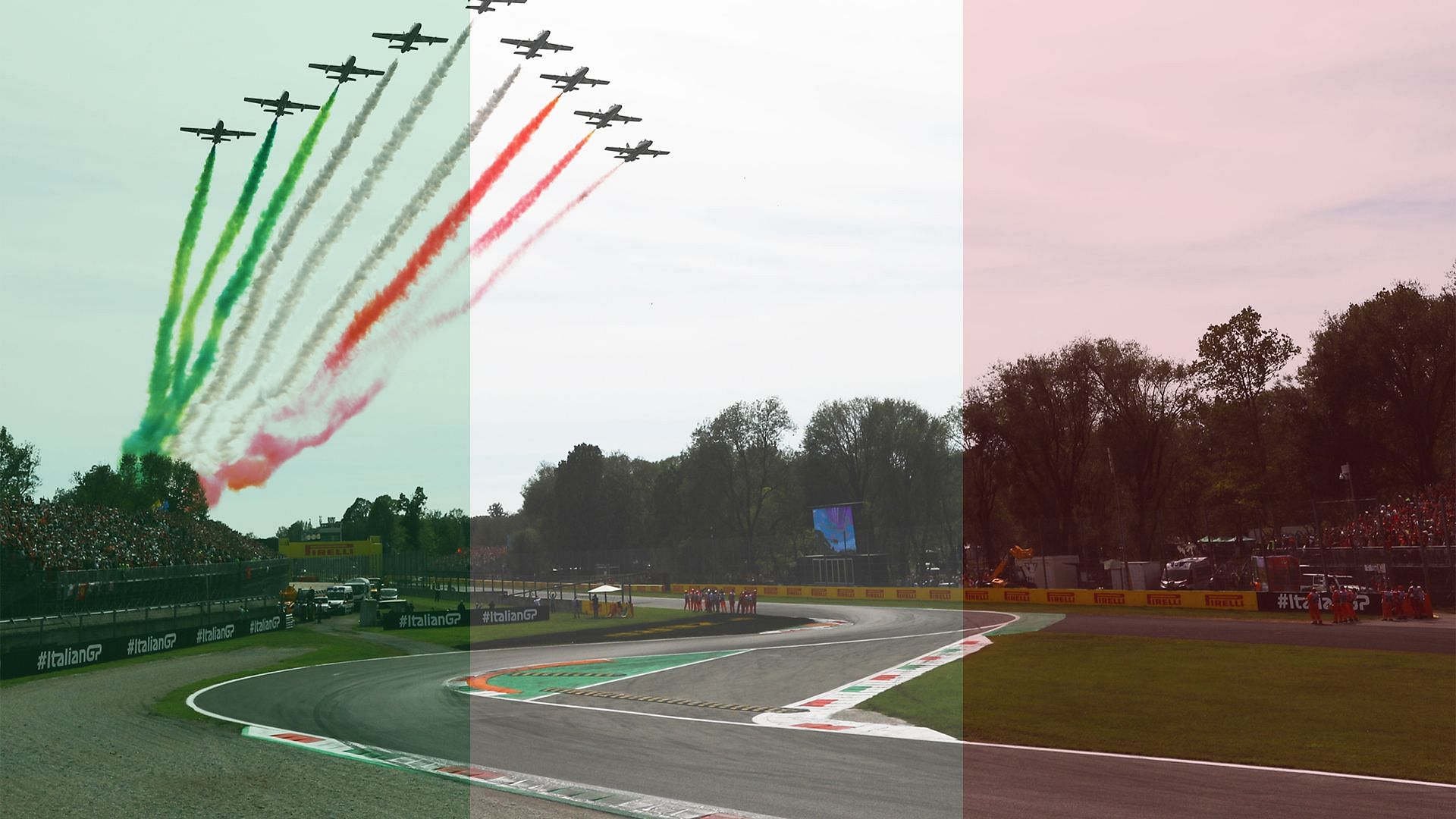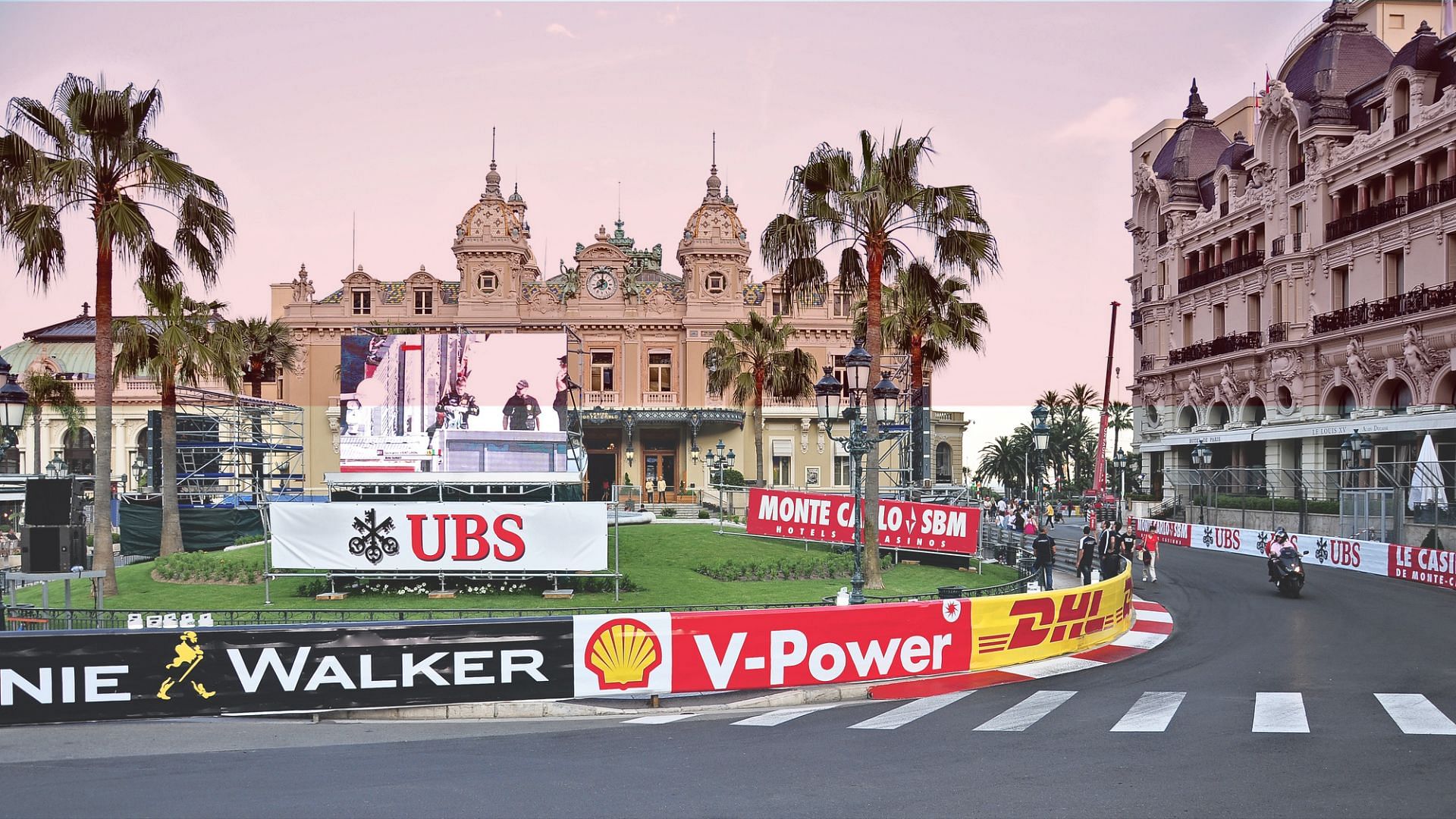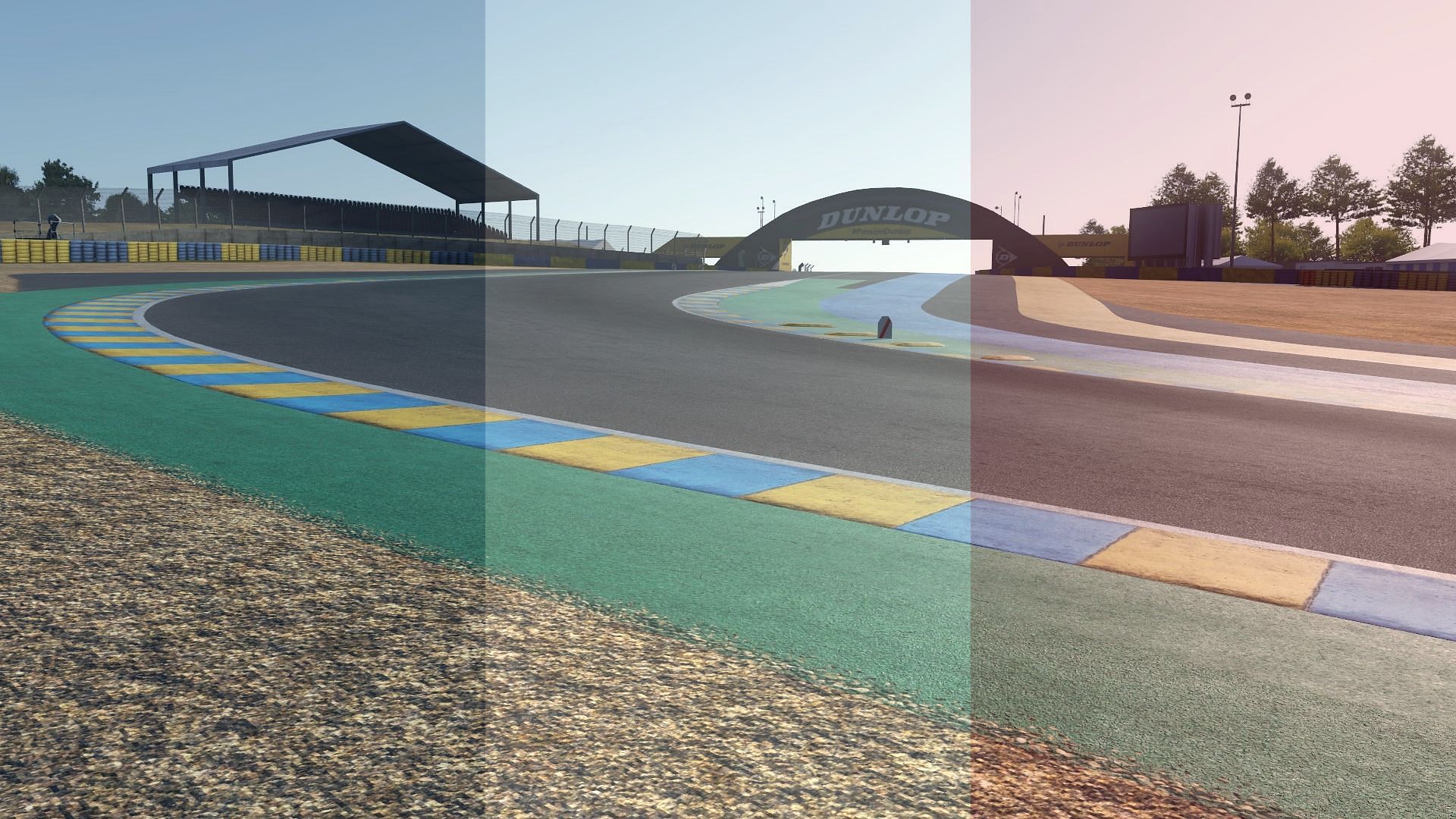Nurburgring vs. Other Iconic Race Tracks: What Makes It Unique?
The Green Hell has been the benchmark for every carmaker that takes his job seriously. Its relentless combination of, hairpins, sweeping turns, and elevation changes pushes both man and machine to their very limits, resulting in some truly spectacular supercars.
Published October 25, 2024

Table of Contents
- Nürburgring VS Suzuka
- Nürburgring VS Monza
- Nürburgring VS Spa-Francorchamps
- Nürburgring VS Monaco
- Nürburgring VS Circuit De le Sarthe
The Nürburgring Nordschleife, often referred to as the "Green Hell," is a legendary motorsport venue with a storied history that dates back to the 1920s. This iconic track stretches 12.9 miles through the picturesque Eifel mountains, featuring 154 corners and significant elevation changes. It has served as a testing ground for manufacturers and a proving ground for drivers, contributing to its reputation as one of the most challenging circuits in the world.
Mastery of each corner is essential; for instance, the daunting Karussell requires precision to maintain speed while navigating its banked turn. Smooth, progressive braking is vital, particularly in the tighter sections, where sharp turns demand quick reflexes. A keen sense of the track’s rhythm helps drivers prepare for rapid transitions, especially through the fast, flowing sections like the Fuchsröhre.
Just ask Misha Charoudin or AMG-ONE test driver who is one of the best Green Hell drivers in the world and still had some close calls during his high-speed runs
| Track Name | Nürburgring Nordschleife |
|---|---|
| Location | Nürburg, Germany |
| Length | 20.8 km (12.9 miles) |
| Track Width | Varies, approx. 9-12 meters |
| Corners | 154 |
| Elevation Change | Approximately 300 meters |
| Longest Straight | 2.3 km (1.4 miles) |
| Surface Type | Asphalt |
| Configuration Type | Permanet road course |
| Average Gradient | Approximately 7% |
| Lap Record | 5:19.546 Porsche 919 EVO (Timo Bernhardt) |
| Famous Corners | Karussell, Brünnchen, Ex-Mühle |
| Typical Weather Conditions | Variable; can change rapidly |
| Racing Series | Various (e.g., VLN, 24h Nürburgring) |
| Safety Features | Armco barriers, gravel traps, runoff areas |
| Accessibility | Open to the public for tourist driving on non-race days |
Nürburgring VS Suzuka

Suzuka Circuit, with its 18 corners, is renowned for its technical complexity and flow. The Esses, a series of quick, alternating left-right turns, challenge drivers to maintain momentum while making precise inputs. The Spoon Curve, a long, sweeping bend, requires careful throttle management to maximize exit speed onto the main straight and played a key role behind some of the fastest Honda cars of all time
Additionally, the tight hairpin at the end of the track demands strong braking and acceleration control, as drivers must quickly shift from high speed to low speed.
The Nordschleife’s corners vary dramatically in type and speed, from tight hairpins like Aremberg to fast, sweeping curves like Fuchsröhre. Each corner tests different aspects of driving skill, from braking technique to cornering finesse. Meanwhile, Suzuka’s layout emphasizes rhythm; drivers must master the transitions between corners to maintain speed, particularly in sections like the flowing first sector.
The Nordschleife’s sheer number of corners requires drivers to commit to memory a vast array of braking points and racing lines, while Suzuka’s technical sections reward precision and smoothness. Mastering these corners is critical to achieving fast lap times, as even minor mistakes can lead to significant time loss.
Also Read- Check Out The Fastest Production Cars On The Nurburgring
| Track Name | Suzuka Circuit |
|---|---|
| Location | Suzuka, Japan |
| Length | 5.8 km (3.6 miles) |
| Track Width | Approximately 14-15 meters |
| Corners | 18 |
| Elevation Change | Approximately 40 meters |
| Longest Straight | 1.1 km (0.68 miles) |
| Surface Type | Asphalt |
| Configuration Type | Permanet road course |
| Average Gradient | Approximately 1.2% |
| Lap Record | 1:30.983 (Lewis Hamilton, 2020) |
| Famous Corners | 130R, Spoon Curve, Esses |
| Typical Weather Conditions | Hot and humid, sometimes rainy |
| Racing Series | F1, Super GT, MotoGP |
| Safety Features | TechPro barriers, runoff areas |
| Accessibility | Open to the public on non-race days |
Nürburgring VS Monza

"Temple of Speed," measures 5.793 kilometers (3.6 miles) and features just 11 corners, making it one of the fastest tracks in the world. Monza's layout emphasizes high-speed straights and fast corners, with sections like the Curva Grande allowing for high-speed entry and requiring precise steering to maintain momentum.
The Ascari Chicane, a challenging set of three corners, demands sharp braking and excellent balance to navigate effectively. Additionally, the iconic Parabolica offers a long, sweeping turn that tests throttle control and acceleration out of the corner.
For car setups, the Nordschleife typically benefits from a softer suspension to absorb its numerous bumps and elevation changes, combined with a balanced aerodynamic configuration that provides downforce for corners without sacrificing speed on the straights. High-performance brakes are essential due to the track's demanding nature, and durable tires are necessary to handle the diverse cornering demands.
Monza, on the other hand, requires a setup that maximizes aerodynamic efficiency for speed on its long straights. A stiffer suspension enhances responsiveness and helps maintain stability through high-speed corners. The focus is on low drag and high downforce to maximize cornering speed, particularly through the chicanes and Parabolica.
Juan Pablo Montoya in his 2004 William F1 car set a blistering record of 372.6 kilometers per hour on “GROOVED” tires, have they been slicks, 250 mph was easy AF.
| Track Name | Autodromo Nazionale Monza |
|---|---|
| Location | Monza, Italy |
| Length | 5.793 km (3.6 miles) |
| Track Width | Approximately 12 meters |
| Corners | 11 |
| Elevation Change | Minimal (approx. 3.5 meters) |
| Longest Straight | 1.1 km (0.68 miles) |
| Surface Type | Asphalt |
| Configuration Type | Permanet road course |
| Average Gradient | Less than 1% |
| Lap Record | 1:21.046 (Lewis Hamilton, 2020) |
| Famous Corners | Curva di Lesmo, Ascari, Parabolica |
| Typical Weather Conditions | Warm, often dry |
| Racing Series | F1, GT, DTM, MotoGP |
| Safety Features | TecPro barriers, gravel traps |
| Accessibility | Open to the public on non-race days |
Nürburgring VS Spa-Francorchamps

Renowned for its blend of high-speed straights and technical corners. Famous for its undulating terrain, Spa features iconic sections like Eau Rouge and Raidillon, where drivers experience a thrilling climb that requires impeccable speed management and courage.
The complex layout includes challenging corners like Pouhon and Stavelot, which demand smooth inputs and a keen awareness of vehicle dynamics. Unlike the Nordschleife, which overwhelms with sheer length and complexity, Spa balances speed and technicality, making it a driver favorite.
Spa's fewer corners emphasize speed and precision through longer segments. Each corner on the Nordschleife presents a different technical puzzle, while Spa’s design flows seamlessly, rewarding drivers who can maintain momentum.
At Spa, the setup often leans toward a stiffer suspension to enhance stability through high-speed sections. An aerodynamic focus is crucial here as well, but downforce must be prioritized to tackle the fast corners like Eau Rouge and Stavelot. Effective braking is important for the tighter sections, while tires need to provide excellent grip to navigate Spa's unique combination of speed and technicality.
| Track Name | Spa-Francorchamps |
|---|---|
| Location | Stavelot, Belgium |
| Length | 7.004 km (4.35 miles) |
| Track Width | 12-15 meters |
| Corners | 18 |
| Elevation Change | Approximately 100 meters |
| Longest Straight | 1.05 km (0.65miles) |
| Surface Type | Asphalt |
| Configuration Type | Permanent |
| Average Gradient | Eau Rouge, Raidillon, Pouhon |
| Lap Record | W11 EQ Performance, Lewis Hamilton, 1:41.25 |
| Famous Corners | Eau Rouge, Raidillon, Pouhon |
| Typical Weather Conditions | Warm to Rainy |
| Racing Series | F1, WEC |
| Safety Features | TecPro barriers, gravel traps |
| Accessibility | Open to the public on non-race days |
Nürburgring VS Monaco

The lavish Circuit De Monaco is the smallest F1 circuit ever, at just 3.34 kilometers (2.08 miles), and features 19 tight turns packed into a narrow urban environment. The polesitter here is usually the winner due to little to no overtaking opportunities
Monaco demands finesse and a surgical touch. Its tight corners, such as the Fairmont hairpin and the Tabac chicane, leave little room for error. Here, drivers must prioritize throttle control and steering precision, as any miscalculation can lead to a crash against the unforgiving barriers. The focus shifts to maintaining momentum rather than outright speed, requiring drivers to navigate the tight confines with surgical precision.
Monaco setups focus on low ride height and stiff suspension to enhance responsiveness and cornering ability in its tight, twisty sections. Aerodynamics are also crucial here, but they must prioritize downforce to maintain grip in slow-speed corners. Tires need to offer excellent grip for sustained cornering, making soft compounds preferable.
Monaco is a showcase of technical skill in navigating its narrow, bustling street to claim one of three triple crowns of motorsport, the other two being 24 Hours Of Le Mans and Indianapolis 500
| Track Name | Circuit de Monaco |
|---|---|
| Location | Monte Carlo, Monaco |
| Length | 3.337 km (2.074 miles) |
| Track Width | Approximately 10-12 meters |
| Corners | 19 |
| Elevation Change | Approximately 40 meters |
| Longest Straight | 0.64 km (0.4 miles) |
| Surface Type | Asphalt |
| Configuration Type | Street circuit |
| Average Gradient | Approximately 7% |
| Lap Record | 1:12.909 Lewis Hamilton |
| Famous Corners | Mirabeau, Monte Carlo, Swimming Pool |
| Typical Weather Conditions | Mild, can rain unexpectedly |
| Racing Series | F1, Formula E |
| Safety Features | Guardrails, barriers |
| Accessibility | Open to public during the off-season |
Nürburgring VS Circuit De le Sarthe

The circuit features a total of 38 turns, with several key sections that define its character. The Mulsanne Straight, stretching for about 6 km (3.7 miles), is one of the longest straights in motorsport, allowing cars to reach incredible speeds, often exceeding 330 km/h (205 mph). This section is crucial for teams to optimize their aerodynamic setups, as a low downforce configuration helps maximize straight-line speed. However, the challenge lies in the sharp braking zones that follow, particularly at Mulsanne Corner, requiring drivers to manage their braking and cornering effectively.
Another notable feature is the Porsche Curves, a series of fast, sweeping turns that demand precision and commitment from the driver. Here, maintaining momentum is key, and a well-balanced setup is essential to navigate these corners efficiently. The circuit's layout also includes the tight and technical sections like Arnage and the Ford Chicane, which test braking performance and cornering agility.
In terms of car setup, teams often focus on endurance and reliability, given the race's length. This involves tuning suspension settings for stability over long distances and ensuring the car can withstand the rigors of a 24-hour race. Tire management is also critical, as the combination of high-speed straights and technical corners can lead to significant wear.
Also Read-Top 10 Fastest Porsches On Nürburgring Nordschleife
| Track Name | Circuit De le Sarthe |
|---|---|
| Location | Le Mans, France |
| Length | 13.626 km (8.467 miles) |
| Layout Type | Permanet racing circuit |
| First Race | 1923 |
| Number of Turns | 38 |
| Surface | Asphalt |
| Major Events | 24 Hours of Le Mans |
| Lap Record | 3 minutes and 17.297 seconds, set by Mike Conway in 2019 For Toyota |
| Configuration | Mixed (public roads and closed circuit) |
| Elevation Changes | Moderate |
| Pit Lane Length | Approximately 450 meters |
| Seating Capacity | 250,000 (approx.) |
| Notable Features | Mulsanne Straight, Porsche Curves, Arnage |
Write a comment
Comments
No Comments Yet







